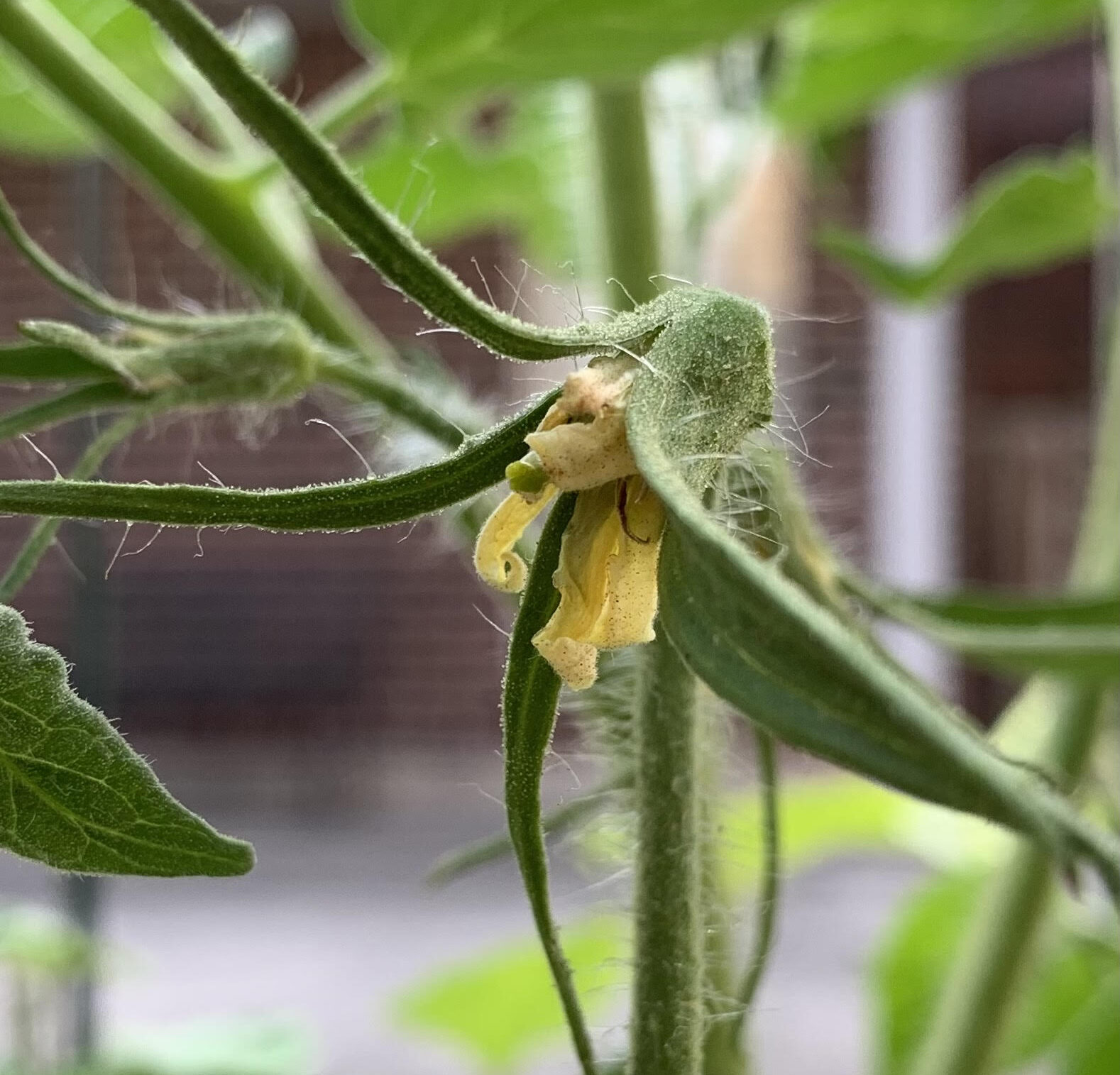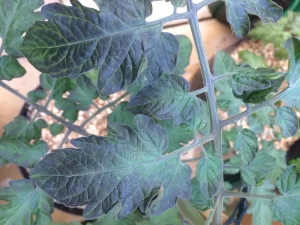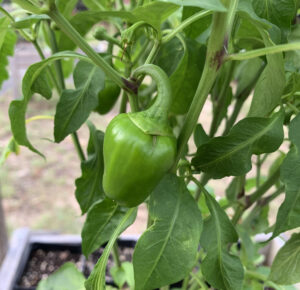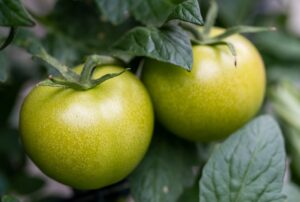Those who love growing tomatoes can attest to the frustration one feels when flowers fall off before they develop fruit. The condition, also known as blossom drop, can affect other members of the nightshade family as well, including peppers. What causes this frustrating phenomenon? Here are the top seven reasons why tomatoes drop their flowers and what you can do to prevent or manage the situation.
1. High Temperatures
The most common reason why tomato plants drop their flowers is high temperatures. Ideally, tomatoes prefer daytime temperatures between 70F (21C) and 85F (29C), and nighttime temperatures between 55F (13C) and 75F (24C) . Temperatures outside of this range for more than several consecutive days or nights will cause the pollen to be nonviable. The plant will go into survival mode and cease directing its energy into fruit and seed production in order to focus on surviving.
This article contains affiliate links. If you make a purchase using one of these links, I will receive a very small commission at no additional cost to you, and it will help me maintain this website. Rest assured, I only recommend products I actually like!
While no one can control the weather, there are a few things you can try to lessen the effect of extreme temperatures. The first is to start plants indoors under grow lights and heat mats several weeks before the last spring frost so that when the threat of frost has passed, you will be planting more mature plants. (You can learn more about the proper soil temperature for planting tomato and other vegetable seeds in this helpful article.) More mature plants mean you will have an earlier harvest to enjoy before the harsh heat of summer hits and the likelihood of flower drop from extreme temperatures becomes a reality. Alternatively, you can plant a later crop so that the plants flower and produce tomatoes in the early fall, thus circumventing the hot temperatures of summer.
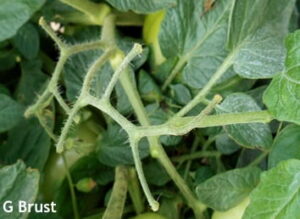
Another technique to mitigate high temperatures is to install 30% to 35% shade cloth, which will allow enough light for plants to grow but provide enough shade to lessen the heat. You can take down the shade cloth when temperatures become more bearable.
If extreme temperatures are a problem for your garden, it can also help to choose a heat-tolerant variety. Your county extension agent can recommend varieties for your area.
2. Humidity
In addition to preferred temperatures, tomatoes also have a preferred level of humidity. The ideal range is between 40% and 70% humidity. Any percentage higher or lower than this will either hinder the release of pollen or, if it is released, hinder its ability to adhere to the stigma.
If you live in an area with high humidity, allow enough space in-between plants to maximize the airflow. In addition, prune the branches to promote greater airflow. Be aware that areas with high humidity also pose a problem for fungal disease like blight.
If you live in an area with low humidity, you can try misting the plant to increase the humidity and lower the temperature temporarily. The downside to this approach is that moist environments are a breeding ground for fungal diseases. Thus, be careful not to overdo it. This technique would not be advisable in areas that have high humidity.
Some advocate using a tomato blossom set spray that contains cytokine, a hormone that helps blossoms set fruit (develop tomatoes) in spite of less than ideal weather conditions.
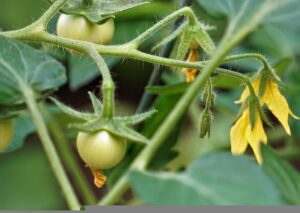
3. Watering Issues
Another reason for blossom drop is insufficient watering. Tomatoes, like okra, pumpkins, watermelons, and sweet potatoes, have deep roots. Shallow watering means the roots will not get the water they need to support flower and fruit production. Insufficient watering stresses the plant and can cause flowers to abort.
To prevent the problem, water plants deeply. During extreme temperatures, you may need to water more often, especially if growing in containers. Also, adding mulch will help the soil retain moisture.
On the other hand, too much water can cause its own set of problems. For example, soggy soil causes roots to constrict in an effort to prevent a condition called root rot. The result is that the plant, including the blossoms, will not receive the nutrition or proper amount of moisture and will suffer, if not die, as a result.
4. Lack of Pollination
Unlike cucumbers that have both male and female flowers, tomatoes have perfect flowers, meaning each flower has both the male stamen and the female stigma. As such, they are self-pollinating. Nevertheless, it may be necessary to assist the flowers by gently shaking the branches or tapping the flowers to encourage the release of pollen. If the flowers are not properly pollinated, they will drop off.
Another way to ensure pollination is to plant flowers that attract bees, butterflies, and other pollinators. Sunflowers, marigolds, nasturtiums, and hibiscus are pollinator-pleasers. Also, herbs like lavender, dill, and basil, if allowed to flower, are sure to attract pollinators.
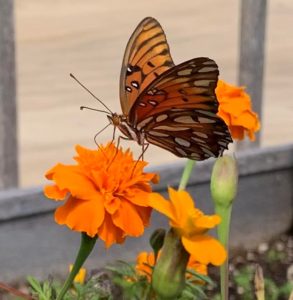
5. Improper Nitrogen Levels
Nitrogen helps plants produce chlorophyll, and it is critical for leaf development. But too much or too little of this vital macronutrient can spell trouble for fruit production, and it can be a cause for blossom drop. The solution is to use a fertilizer with the proper NPK (nitrogen, phosphorus, and potassium) ratio. You can learn more about NPK in this helpful article. This is the fertilizer that I use. It is tailored specifically for tomatoes.
6. Pests and Diseases
Pressure from pests (insects) and diseases can stress plants to the point that flowers fall off. Aphids, leaf-footed bugs, hornworms, flea beetles, cutworms, and spider mites are some of the pests that like tomatoes as much as you do. Follow the links to learn how to identify and treat these pests to minimize the stress they can inflict on your tomato plants.
Diseases like early and late blight, anthracnose, Septoria leaf spot, black mold, root rot, and Botrytis grey mold can adversely affect tomato flower production. Good garden hygiene goes a long way toward preventing the spread of these and other diseases. (You can learn more about garden hygiene in this helpful article.) Moreover, crop rotation can also be beneficial. More specifically, refrain from planting tomatoes and other members of the nightshade family in the same spot.
Neem oil is a good treatment option for both insects and diseases. You can learn more about the wonders of neem oil in this helpful article.
Whether it’s insects or diseases, the sooner you catch and treat the problem, the more blossoms will stay on the vine and the greater the harvest will be.
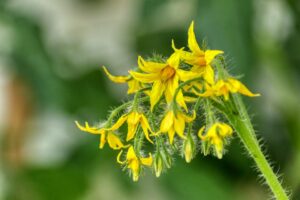
7. Too Many Tomato Blossoms
This may sound counterintuitive, but a plant that has too many blossoms can cause some of the flowers to fall off. Because they are all competing for the same nutrients and water, the plant will abort some flowers for the benefit of others. This usually happens only with the first harvest. Afterward, the problem of too many blossoms should resolve itself.
There will not be any tomatoes if there aren’t tomato blossoms! While we cannot control every aspect of garden life, there are things we can do to grow healthy plants that maintain flower development throughout the growing season.
Thank you for reading this article! If you found it helpful, please consider sharing it with others via email and social media!
